Thanks to Australia’s Cheaper Home Batteries Program, 1,000 batteries are being installed across the country each weekday – about 72,000 since the associated rebate began in July. That’s the equivalent of a grid-scale battery, such as the 150 MW/193.5 MWh Hornsdale Power Reserve in South Australia, coming online every eight to nine days.
The Smart Energy Council is proud of its advocacy, having urged the federal government to implement the rebate, and championing this as a “battery booster” program in the lead-up to the federal election in May. We have been working very closely on its implementation with the Australian government to ensure it is a safe and effective program.
As the shift to renewable energy gathers pace, the fossil fuel sector – keenly aware of its mortality – is on a PR offensive. The methane gas industry is attempting to position itself as critical to the transition, yet overplays its hand in doing so. In reality, gas plays a small and declining role in Australia’s energy system, with gas-fired power generation in the grid declining in the last five years from 5.4% to 2.8%. Households and industry, unable to afford the gamble of rising gas prices, are turning to the cleaner, safer bet of electrification.
The Australian Energy Market Operator (AEMO) acknowledges that batteries big and small are increasingly removing the need for gas peakers in the grid. This is aptly demonstrated in South Australia, one of the world’s most advanced renewable energy grids. In a state first, South Australia’s grid was operating with just one gas generator in early September. The costly morning and evening market peaks, once dominated by coal and gas, are now rapidly being supplanted by battery firming. That’s good news for energy consumers and bad news for the methane industry, responsible for one of the most polluting and highest-cost sources of energy.
With a grid serving more than 1 million people and currently powered by 75% renewable energy, South Australia is well on track to meet its target of being 100% renewable by 2027. In doing so, it disproves the critics who continue to say such a feat is unachievable. Indeed, there are times of the year when the state is powered entirely by rooftop solar. This remarkable milestone, achieved with bipartisan support from successive governments, demonstrates that energy should be about economics and physics rather than politics and partisanship.
Exceeding expectations
During the 2025 federal election – dominated by cost-of-living concerns – Australians faced two choices: vote for an energy policy built on the most expensive and polluting sources – coal, gas and nuclear – or support a plan to help households electrify, cut bills and decarbonize.
The result was overwhelming, and the months since have shown clearly that Australians are determined to invest in smart energy solutions that support our nation’s renewable energy targets and emissions reductions. Months later, Australia’s love of solar and solar batteries is exceeding even the best forecasts. A recent Green Energy Markets report, commissioned by the Smart Energy Council and the Australian Conservation Foundation, found that battery uptake under the federal rebate is surpassing the projections AEMO previously relied upon. The report said the rebate, together with an extension of the Small-scale Renewable Energy Scheme that delivered Australia’s solar boom and higher energy efficiency standards, could add 4.5% to the 2030 renewable energy target, or 9% by 2035.
This additional renewable penetration is expected to displace fossil generation and cut electricity sector emissions by the equivalent of 10.7% on 2005 levels. By 2035 this would reduce whole-of-economy emissions by up to 3.4% against 2005 – beyond what is currently projected.
Australian innovation
The Smart Energy Council recently hosted a breakfast at the finish line of the 2025 Bridgestone World Solar Challenge in Adelaide. For more than 30 years, this race has gathered innovators from around the world to traverse the country in solar powered cars. It counts JB Straubel, one of the co-founders of Tesla, among its alumni.
If you pick up any solar panel anywhere in the world, much of the intellectual property it contains is likely to originate from pioneers at the University of New South Wales and the Australian National University. We have the highest density of rooftop solar in homes, the greatest per capita deployment of solar batteries, and lead in innovation – with Australian recyclers now recovering 99% of the precious materials contained in solar panels.
The common thread linking these stories is that Australians have punched above their weight in leading the world toward a low-emissions, smart energy future. Households have been instrumental in this, and should be proud.
Too often we are told that the global fight to save our warming planet rests equally on the shoulders of the individual. Yet the tens of thousands of solar installers – and 10 million solar Australians – demonstrate that the consumer energy revolution genuinely empowers households to provide a clear path for making a global impact, one rooftop at a time.
Author: Tim Lamacraft, General Manager, Smart Energy Council
The views and opinions expressed in this article are the author’s own, and do not necessarily reflect those held by pv magazine.
This content is protected by copyright and may not be reused. If you want to cooperate with us and would like to reuse some of our content, please contact: editors@pv-magazine.com.
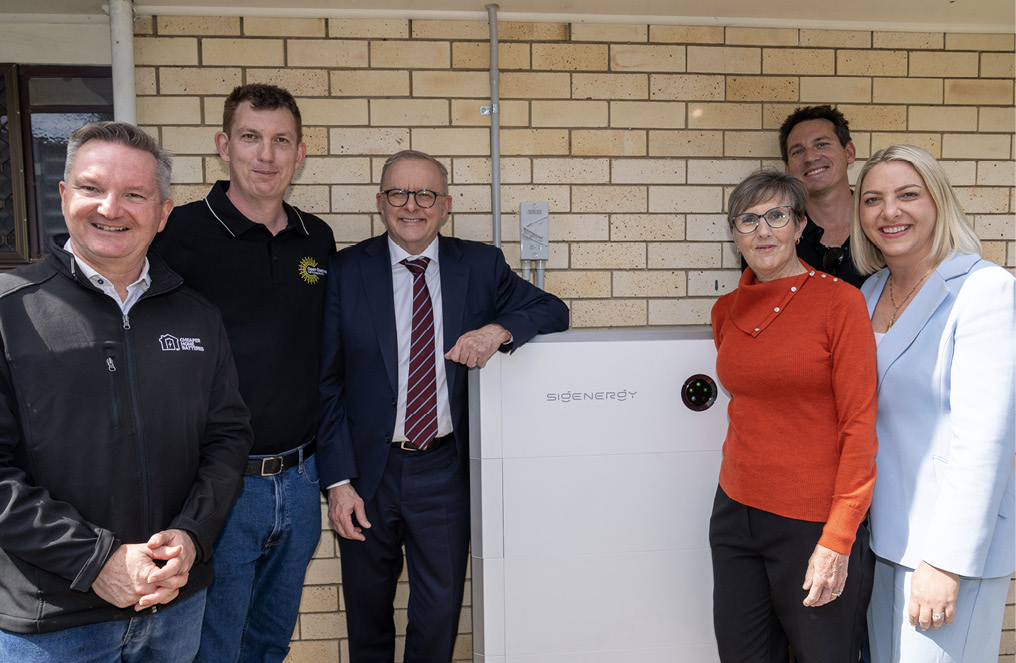
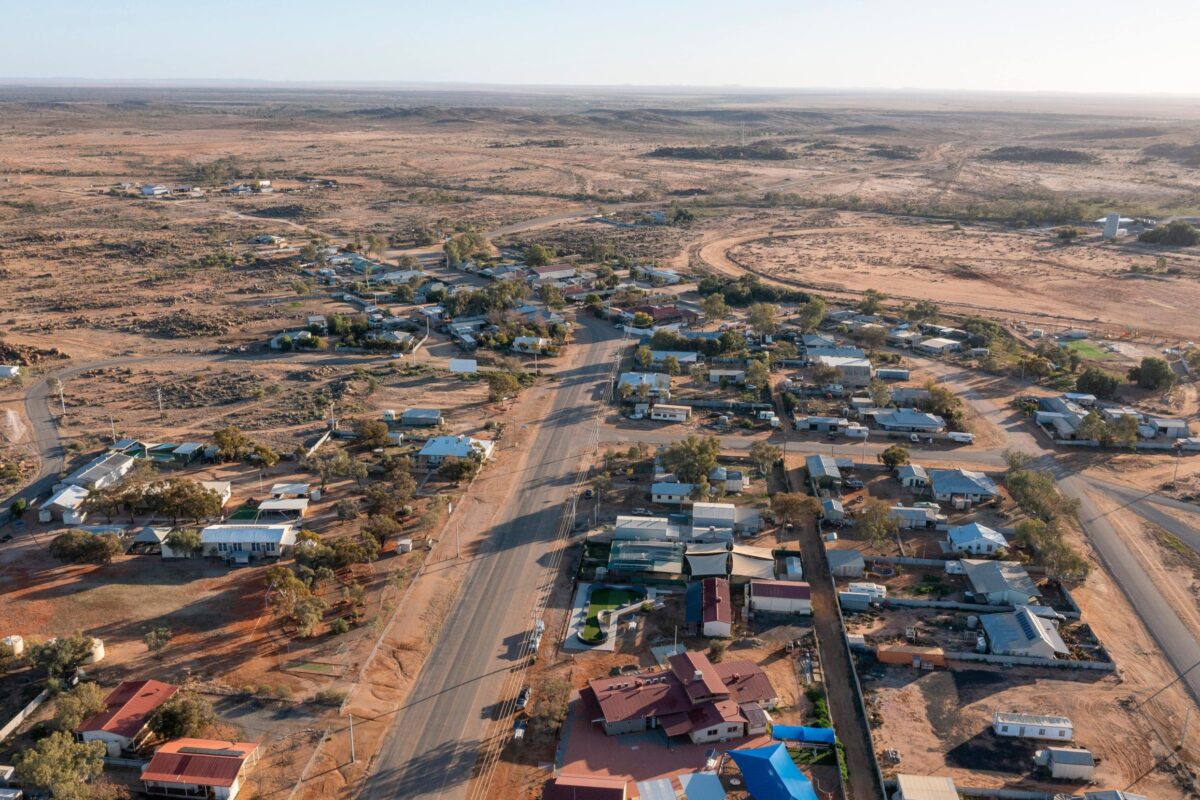

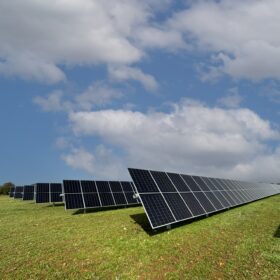
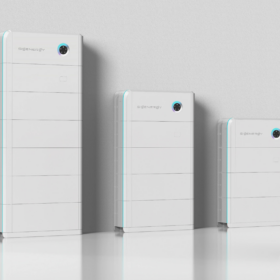
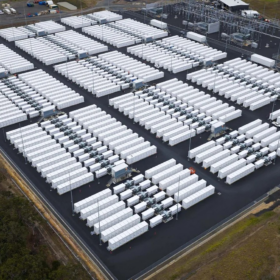
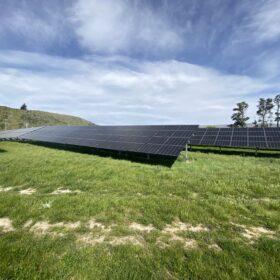
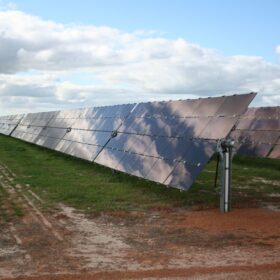
1 comment
By submitting this form you agree to pv magazine using your data for the purposes of publishing your comment.
Your personal data will only be disclosed or otherwise transmitted to third parties for the purposes of spam filtering or if this is necessary for technical maintenance of the website. Any other transfer to third parties will not take place unless this is justified on the basis of applicable data protection regulations or if pv magazine is legally obliged to do so.
You may revoke this consent at any time with effect for the future, in which case your personal data will be deleted immediately. Otherwise, your data will be deleted if pv magazine has processed your request or the purpose of data storage is fulfilled.
Further information on data privacy can be found in our Data Protection Policy.